Amish kitchens operate with a kind of purpose and rhythm that’s easy to admire. Meals aren’t rushed, ingredients aren’t wasted, and traditions aren’t forgotten. Cooking is treated as a skill passed down through generations, not a task to check off. While the tools may be simple, the habits behind them are built to last. From growing and preserving food to the way meals bring people together, there’s a lot to learn from how Amish families cook and eat. These time-tested practices can bring more intention, efficiency, and connection into any home kitchen.

Cooking and Community Go Hand in Hand

In Amish communities, meals aren’t just about food. They’re built into the rhythm of life, especially after Sunday services held at home. Hosting a service also means feeding the congregation, and the responsibility rotates through families. Everyone pitches in to prepare simple but thoughtful dishes like tea, cookies, and soup. The approach is practical but it also reinforces the idea that cooking can strengthen bonds and create a shared sense of purpose.
Canning Is a Way of Life
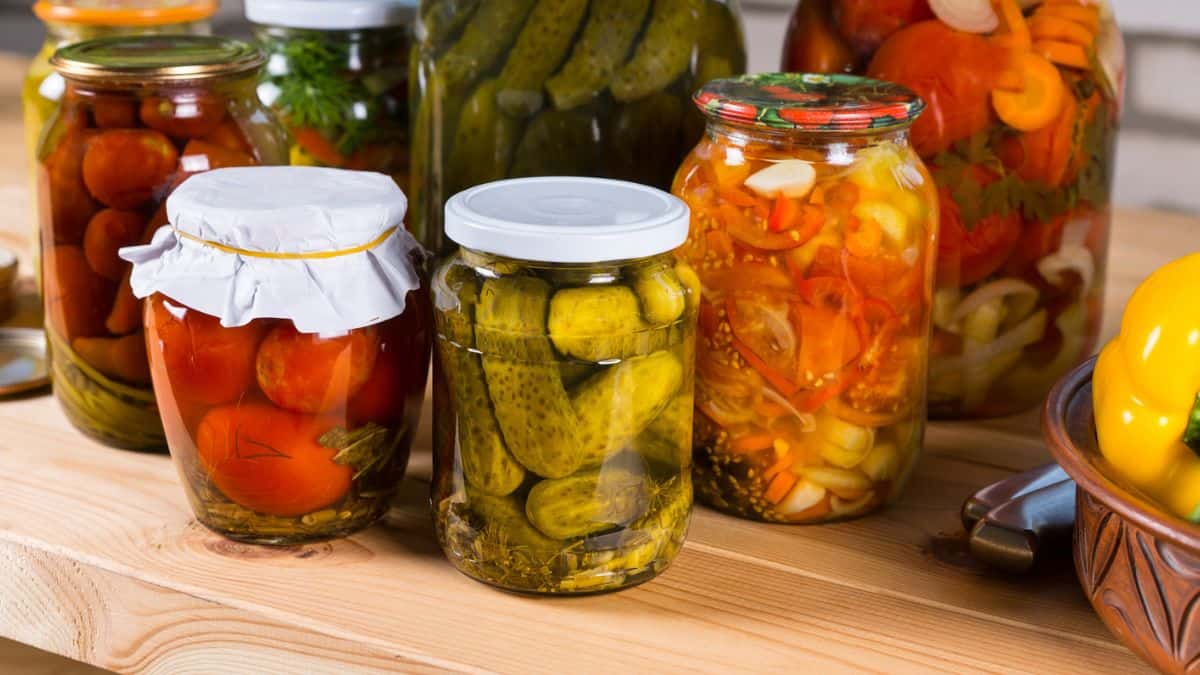
Preserving food is second nature in an Amish kitchen. When the garden starts overflowing with beans, berries, or cucumbers, those ingredients are processed and canned immediately. Shelves of jars packed with produce from the warmer months ensure the pantry stays stocked all winter. Canning also reduces waste and saves money, making it one of the most useful habits to adopt if you want to eat seasonally and stretch your grocery budget.
Breakfast Is a Shared Start To The Day

The day in an Amish household starts early and with intention. Breakfast is more than just a quick bite, it’s a grounding moment before the day’s work begins. Whether someone is heading out to milk cows or load laundry into a wringer washer, there’s usually something hearty cooking on the stove. Sharing a warm meal before the day picks up pace reinforces the importance of sitting down together, even if just for a few minutes.
Passing Down Skills Happens In The Kitchen

Amish cooking isn’t usually taught from a recipe book. Instead, knowledge is handed down in person, often from mother to daughter, one meal at a time. Measurements are estimated by feel, techniques are learned through repetition, and small habits, like how to knead just enough or shape dough evenly, become second nature. It’s a reminder that sometimes the best kitchen training doesn’t come from a screen or a book, but from time spent beside someone else at the counter.
Pie is Always On The Menu
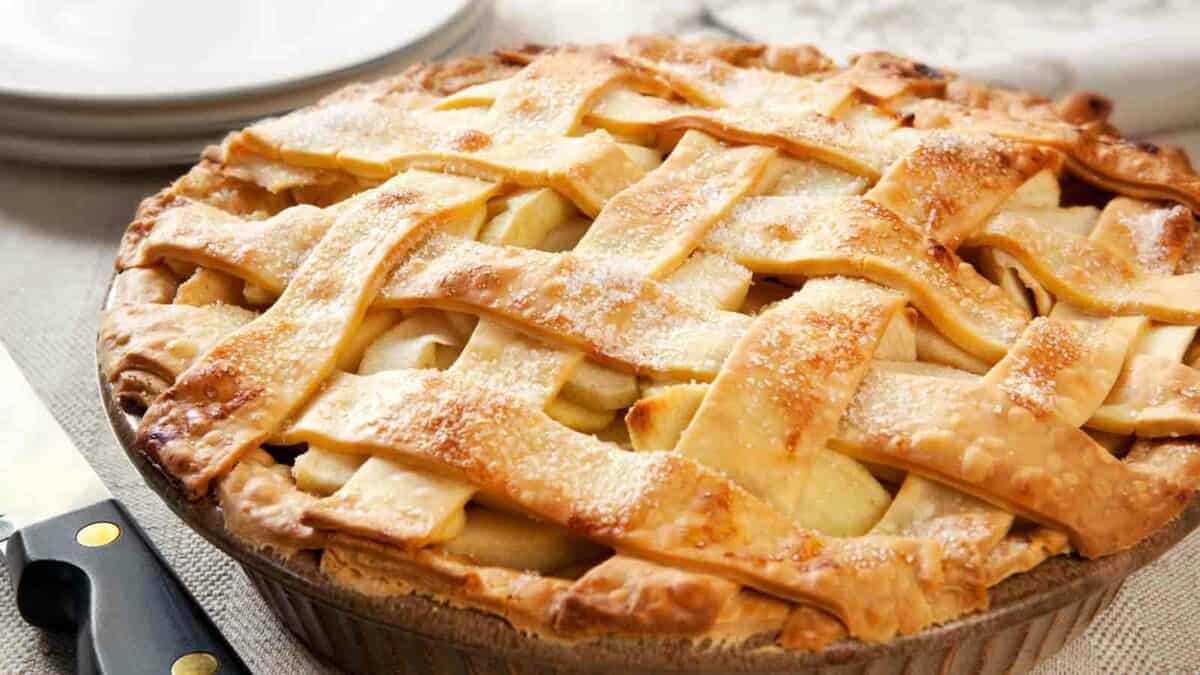
Few foods represent Amish kitchens better than pie. It shows up at breakfast, after church, during celebrations, and even just because someone baked a few extra. Pies are made from whatever is in season or on hand, from tart rhubarb in spring to molasses-rich shoofly pies in winter. Baking them regularly isn’t about indulgence as much as it’s about stretching ingredients, feeding people well, and using what’s available without waste.
Grow What You Eat and Eat What You Grow
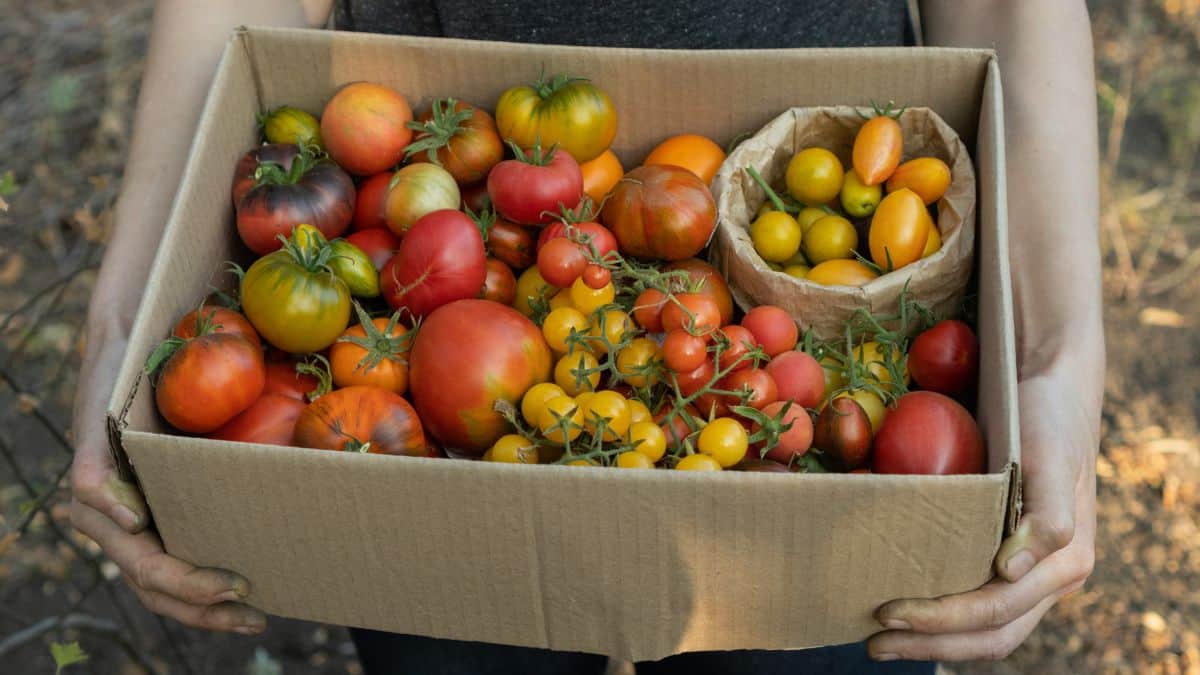
Amish households rely heavily on homegrown ingredients. What ends up on the dinner table usually started in the backyard or the barn. Vegetables, herbs, eggs, and meat are produced with care and used as the base for nearly every meal. Even if you’re not raising chickens or tending a full garden, growing a few herbs or vegetables can bring a similar sense of satisfaction and fresh flavor to your meals.
Nothing Goes to Waste
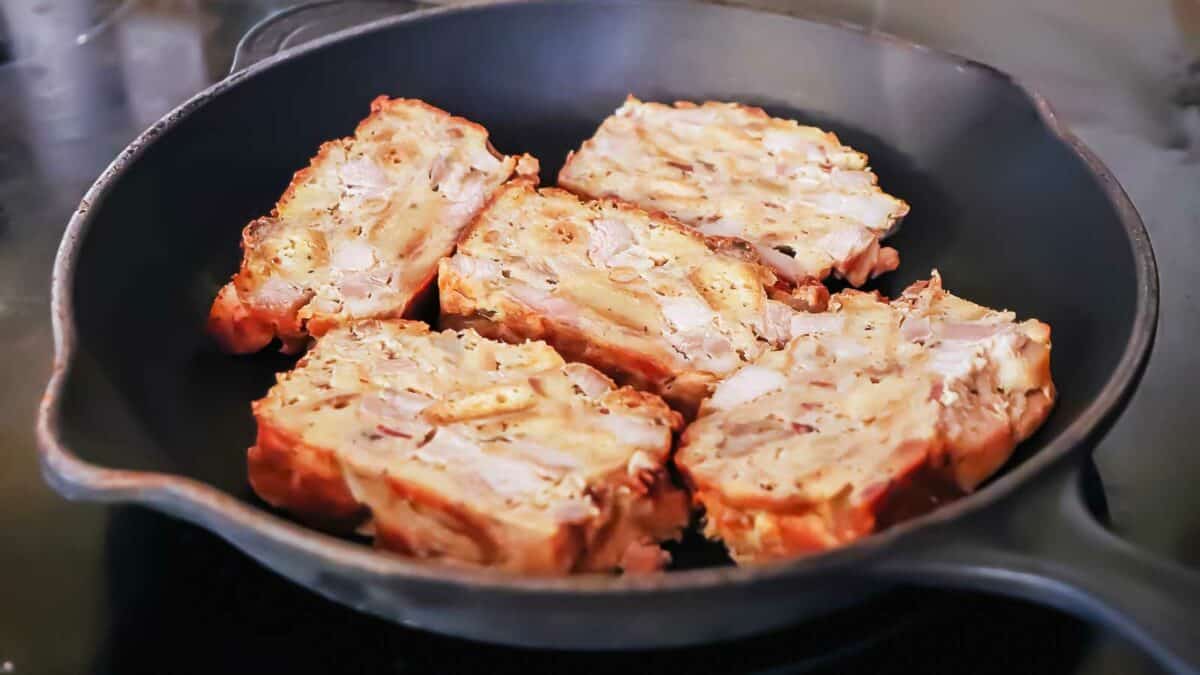
Resourcefulness is at the core of Amish cooking. When an animal is butchered, every usable part is turned into something: a roast, a soup, a sausage or even scrapple. Leftovers are rarely tossed. Instead, they’re repurposed into the next day’s meal. This mindset saves money and encourages creativity in the kitchen while helping to reduce food waste in a very practical way.
Big Gatherings Call For Big Meals
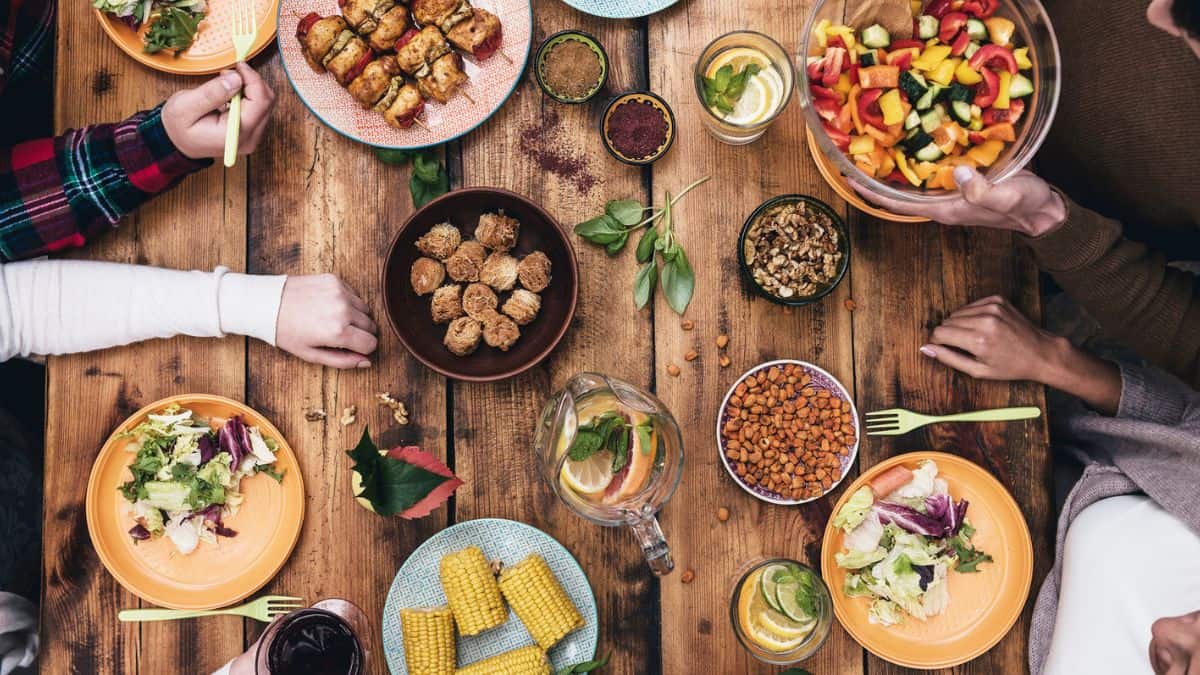
For large events like weddings or barn raisings, food is just as important as the occasion itself. Dozens of neighbors will help prepare enough to feed hundreds, from mashed potatoes to pies and everything in between. It’s a system that relies on cooperation and shared responsibility, but it’s also a reminder that food can be the anchor of meaningful moments when people come together.
Keep Meals Simple and Make Them Count

Many beloved Amish recipes are built on just a few staple ingredients like flour, butter, sugar, and eggs. With those basics, they make everything from sugar cookies to light fried pastries known as “nothings.” The takeaway is that great meals don’t need long ingredient lists or high-end tools. They just need a little time, care, and the willingness to use what you already have.
I Live In Amish Country and These Are Their Best Foods, Hands Down

Moving to Amish country last year felt like stepping into a whole new world, nestled in the peaceful heart of rural serenity. Our Amish neighbors, with their unmatched hospitality, didn’t just help us set up our new home and barn; they welcomed us into their world through the most amazing way possible – their food.
From the first bite of garden-fresh produce to the home-cooked meals that tasted like love on a plate, we realized that the simplicity and community spirit of Amish life are deeply intertwined with their culinary traditions. These are just some of the foods I’ve gotten to taste in the last year or so and the best ones their culture has to offer.
See Them Here: I Live In Amish Country and These Are Their Best Foods, Hands Down
10 Secrets From Amish Bakeries That Have Stood The Test Of Time
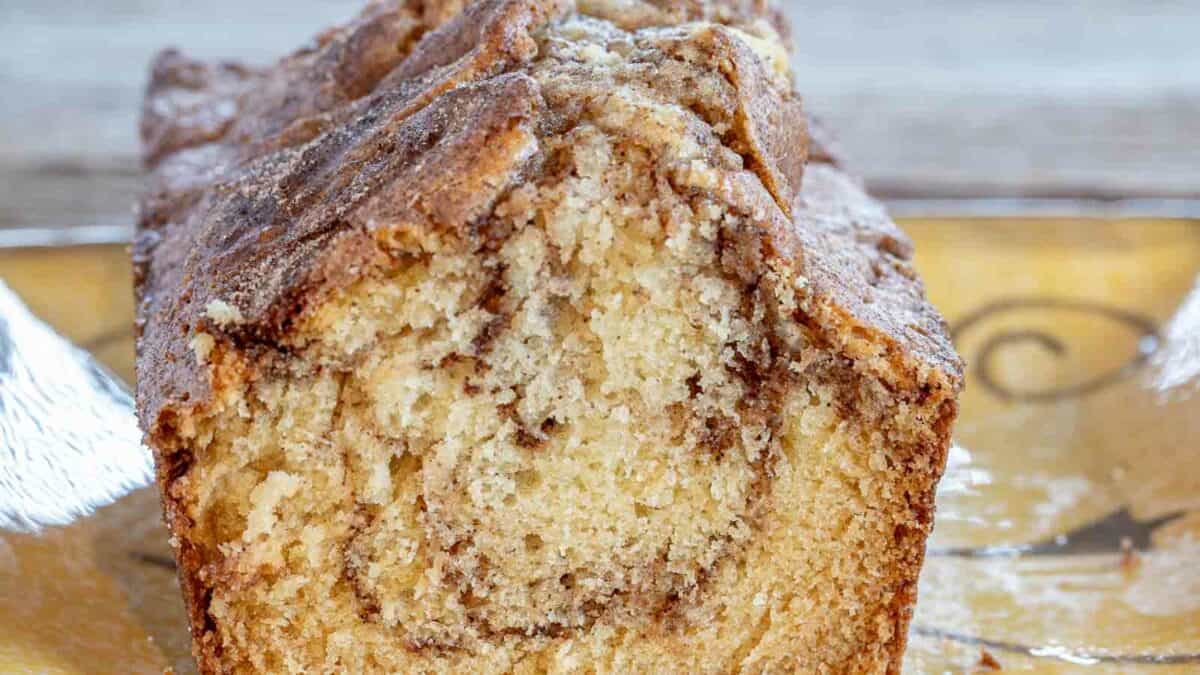
Amish bakeries offer a unique glimpse into a world where baking still relies on the hands, heart, and heritage. From hand-shaped loaves to pies baked in wood-fired ovens, these traditional methods tell a story of simplicity and community. Take a look at the techniques that Amish bakers have perfected over generations—techniques that might just inspire your next kitchen adventure.
Read it Here: 10 Secrets From Amish Bakeries That Have Stood The Test Of Time
Photos provided by Depositphotos.
Gina Matsoukas is an AP syndicated writer. She is the founder, photographer and recipe developer of Running to the Kitchen — a food website focused on providing healthy, wholesome recipes using fresh and seasonal ingredients. Her work has been featured in numerous media outlets both digital and print, including MSN, Huffington post, Buzzfeed, Women’s Health and Food Network.








